Ireland’s beauty is the stuff of legend, but some spots are so stunning they’ll have you questioning reality. We’ve rounded up six extraordinary places—from Croagh Patrick’s holy summit to the dramatic Giant’s Causeway cliffs—that capture the island’s soul. Whether you’re chasing history, adventure, or sheer wonder, these views deliver it all.
What do a holy mountain, a UNESCO World Heritage Site, the High King of Irish monuments, a glacial valley, the Stairway to Heaven and the world’s most famous sea cliffs have in common? They’re all on the island of Ireland and we’ve rounded them up into one handy bucket list guide for you. The Emerald Isle’s natural beauty has never been in doubt, but these six locations will have you wondering if it’s THE most beautiful place on Earth. Hint: it is! From west coast wonders to hidden gems in Northern Ireland, these are the views you won’t want to miss.
Croagh Patrick
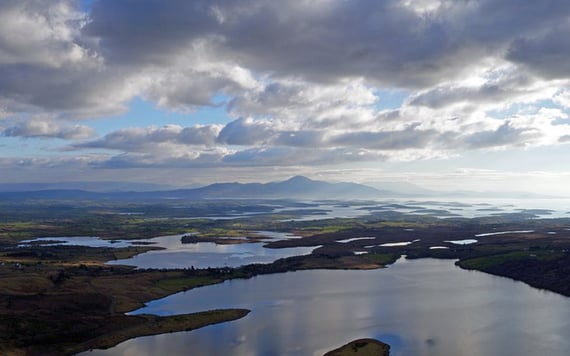
The view across Clew Bay.
Standing atop Croagh Patrick in County Mayo is mind-blowing. Not only is the view of Clew Bay below – featuring more than 100 islets formed during the last Ice Age – one of the most unique landscapes in Ireland, but you’re also on the spot where St Patrick fasted for 40 days and nights in the 5th-century. It’s the reason Croagh Patrick has its name! It’s also why you’ll find a small chapel built in 1905 to honour Ireland’s patron saint at the peak.
This sacred location is a popular pilgrimage route throughout the year and has been dubbed “Ireland’s Holy Mountain”. The climb takes three-to-four hours up and down and it’s a steep ascent, but a recently completed stone pathway that runs from the mountain’s base to the summit makes it easier. Westport is the place to stay nearby – the lively town has some of the best restaurants and trad music pubs on the Wild Atlantic Way.
Read more
Giant’s Causeway Cliffs
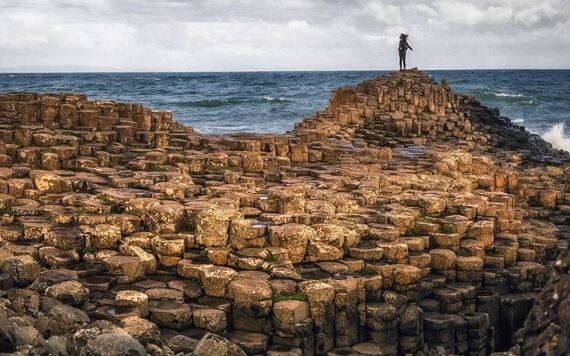
The Giant's Causeway.
No trip to Northern Ireland is complete without a visit to the Giant's Causeway, a UNESCO World Heritage Site formed 60 million years ago during intense volcanic activity. The unusually shaped basalt columns are an iconic sight, but to see them from a different point of view, embark on the Giant’s Causeway Clifftop Experience, an 8km hike high above the waves that offers stunning views of the Causeway Coast. The fully-guided three-and-a-half-hour trek starts at the ruins of Dunseverick Castle and runs along the cliff edge before finishing at the legendary Causeway stones.
On the way, your knowledgeable guide will regale you with the stories and history of this rugged region. The walking trails on the route are relatively easy to traverse and it’s a great way to stand out above the crowds (literally) at one of the most popular tourist attractions on the island of Ireland.
Read more
Rock of Cashel
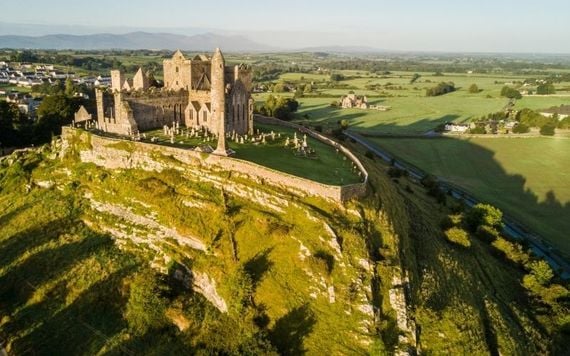
The Rock of Cashel.
Seeing the Rock of Cashel standing tall on a rocky limestone outcrop as you approach from the surrounding County Tipperary countryside is a wow moment you’ll never forget. Even in a land studded with castles, passage tombs and prehistoric forts, this cluster of medieval buildings is known as the “High King” of Irish monuments.
From a round tower and a Romanesque church to an abbey and a tower house, there’s much to explore at this historic site, where the legendary Irish warrior Brian Boru was crowned High King in 978. The views from the Rock are just as dazzling; this area of Tipperary is called the Golden Vale for a reason, after all.
So enjoy your view on approach, cherish your time at the site and remember to take one last look before it disappears beyond the horizon when you leave. Ireland’s Ancient East was named for landmarks of this quality.
Read more
Glendalough
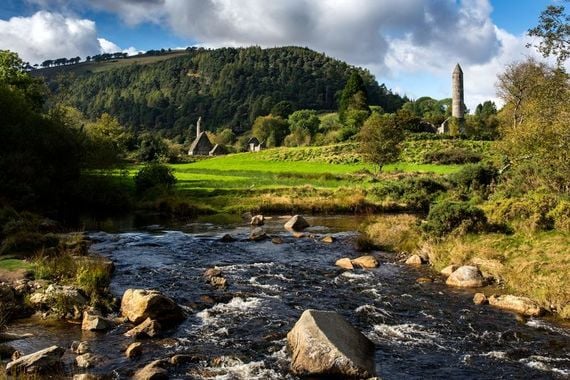
Glendalough.
St Kevin must have appreciated a wonderful view when he saw one because he established his 6th-century monastic settlement in the gorgeous glacial valley of Glendalough in County Wicklow. Fast-forward to today, and millennia-old remnants of what was once one of Europe’s most famous religious hubs can still be perused at the site, including a striking round tower, weather-beaten gravestones and several church ruins.
The name Glendalough translates as “valley of the two lakes” in Irish, and the serene Upper and Lower lakes here are a joy to gaze upon in reflection. The surrounding valley is home to numerous walking and hiking trails. To see the best of Glendalough, we’d suggest hitting The Spinc and Glenealo Valley Walk, a 10km-loop that climbs up past Poulanass Waterfall to the top of the valley for panoramic views of the Wicklow Mountains.
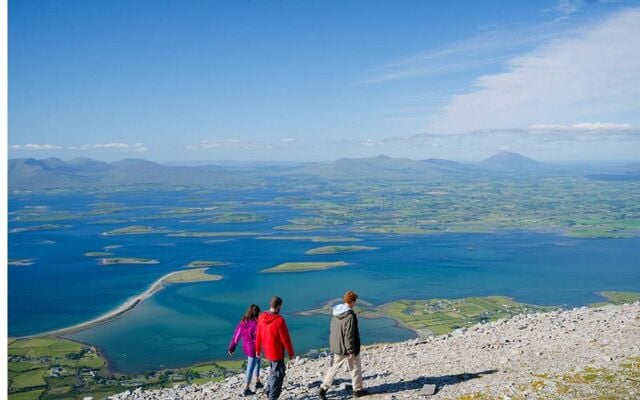

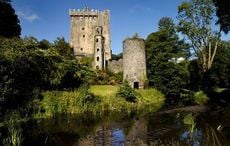
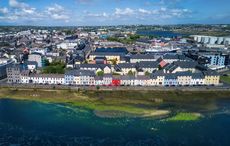
Comments